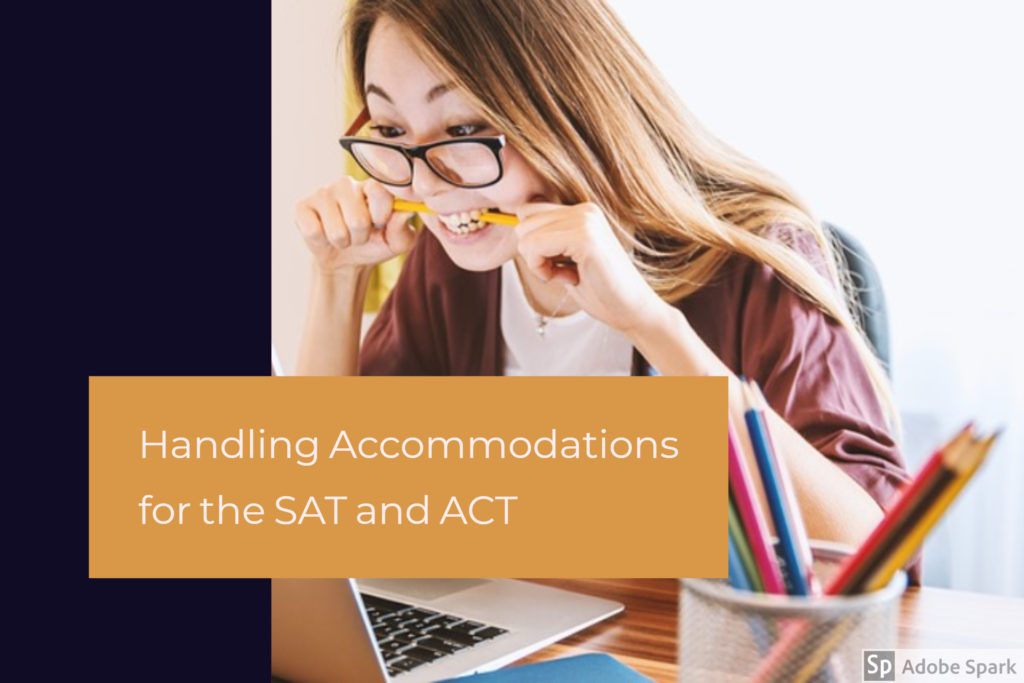
College can be cripplingly expensive for many families, particularly those with a low income.
Even if we were to put the tuition fees to one side, you still have the rent, living expenses, travel costs and so on to consider… indeed, the prospect of sending kids to college can be a genuine uphill struggle for many families as tackling cost of college isn’t something all families can manage; however, where there’s a will there’s a way and there’s a lot to be said for adopting a state of resourcefulness at times when a lack of resources could otherwise hold you back.
Firstly, it should be noted that if you’re looking for a more frugal way to facilitate a decent college education, the majority of major universities are now offering distance learning as one of their platforms. These courses can often save a huge amount of money in terms of travel, accommodation and daily living expenses. They also tend to be cheaper tuition fees as the college itself has less overhead to cover in comparison with people physically attending a course.
That said, college isn’t purely about the educational experience in terms of academic understanding; there’s a lot to be said for the diverse social and experiential side of attending college in addition to the connections and networking opportunities they facilitate.
This article looks at how to cope with the crippling cost of college, from a ‘making money to fund college’ perspective, but before we go into that it seems pertinent to talk about the concept of making money particularly when it comes to people entering college and the world of work.
Once upon a time, we were told to work hard at school, get a good job, work our way up through the ranks and then retire with a secure financial future ahead of us. Today, this advice is not only archaic, it’s potentially hazardous to our financial future, as everything has changed since we entered the new digital age of globalisation.
Today, it’s imperative to learn about topics such as personal branding, portfolio careers, side hustles and passive income in order to secure our financial destiny. There’s been a huge social shift in the way we are making money; and it’s important to become more educated in this growing area of concern.
Whilst an academic education remains valuable it’s important students expand their view of education to incorporate money making and personal marketing concepts.
There’s a popular saying that states the “more you earn the more you learn”. This is a sound concept, however, when looking at education from a money making perspective, it should be noted that there are many people that dropout of college and financially surpass their well educated white collar friends by simply selling things on eBay.
With this in mind, it should be noted that learning is not limited to academic education; indeed, if you were to learn how to invest in property these skills are likely to get you much further in life, on a financial basis, than having a generic degree. There are some academic courses that are required to enter a particular profession, and these should be considered, but bear in mind, that oftentimes, you’ll find highly educated white collar workers attending weekend seminars on topics such as real estate investing, amazon trading, and digital marketing that are being led by people that didn’t go to college – they just got out there and did it.
The one thing to bear in mind, when it comes to learning, is to ensure the time and money you put into the course provides a decent return on investment.
Now, let’s take a look at some ways to cope with the crippling cost of college from a money making perspective. The majority of these tips are going to be focused on the student making money, yet as a parent, there is a great way to consider coping with the burdensome cost of rent.
As an example, you could get a housing loan and purchase a four bedroom property, near campus, that you can then rent out to other students and make a profit each month on the loan from the rent paid. This way, you can provide your family with a secure home that is cost neutral and actually goes some way to paying for trips home and so on.
If, however, you feel more inclined to put them to work and have them stand on their own two feet whilst still having enough time and energy to fully focus on their studies, you’ll want to consider these quirky ideas to make additional money whilst studying.
FLIP THRIFT STORE ITEMS ON EBAY
A quite enjoyable way to make money is to treasure hunt around thrift stores and yard sales, looking for items that you know have a strong desire on eBay. Often, people aren’t aware of the value that’s in amongst the vats of items in thrift stores and with a bit of careful research and rummaging around boxes, you can find some incredible high profit deals.
SELL FREE ITEMS
Lots of people have items that are “free to a good home”, presuming you have the means and manpower to come and pick them up.
You could simple use eBay, but If you match this with people putting requests in the ‘want to buy’ sections of newspapers and online listings, such as Craigslist this will be the most efficient and reliable way to ensure you are gathering items that you can sell on; after-all, you don’t want to have to rent out a storage unit just to put things nobody wants in storage.
The most expensive aspect of this set up is having a vehicle large enough to transport the items, but this can pay for itself, if on top of the sale price for the item, you are able to charge a few dollars for delivery to the new customer.
DONATE BLOOD PLASMA
There’s a limit to how much you can make doing this, as there is a restriction to how many times a week you can attend, but typically your time investment would be around three hours per week in order to make $250 to $350 per month.
Understandably, this isn’t everyone’s cup of tea but it’s a rewarding way to make money on the basis your blood plasma is necessary to help fuel life saving operations.
BABYSIT
Babysitting can be a great way to make easy money.
If you’re lucky, in the evening the kids will be asleep most the time which means you’ll get free time in someone’s home to study in a distraction free environment. There’s no greater feeling than being productive with your studies whilst at the same time, making money from doing very little.
MOW LAWNS
Whilst this is clearly restricted to three seasons of the year, if you were to charge $25 per lawn, and mow ten lawns a week (basically a weekend’s work) you’ll make $250 per week – that’s a $1,000 per month.
The best part of this, is that once you get regular customers, you can build up a monthly ‘round’ of appointments that generates a reliable stream of income; and doesn’t require you constantly getting new customers.
ONLINE OPTIONS
Today, you can even make an income online by being paid to browse websites or answer online questionnaires. There are many ways to make money online that simply require an internet connection and a laptop. If you have creative skills in the area of web design, for instance, you could check out freelancer.com and get a variety of gigs direct from employers looking for freelance talent.
In summary, college can be cripplingly expensive but where there’s a will there’s a way and with such a vast plethora of money making opportunities available anything is possible.









